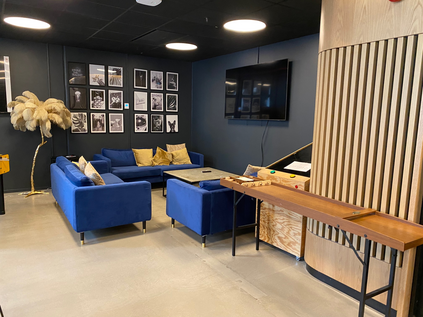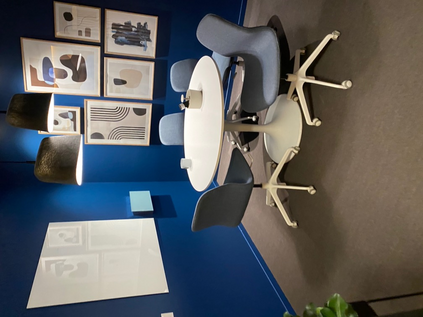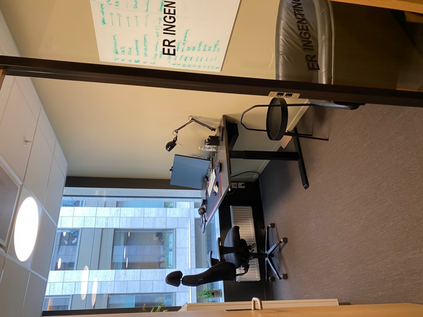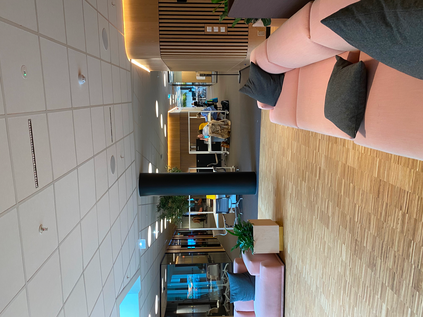Although the pandemic times of the world-wide forced working from home seem to be in the past, many knowledge workers choose to continue working predominantly from home as a partial or permanent practice. Related studies show that employees of companies from various industries, diverse in size and location, prefer to alter working in the office with working at home, coined as hybrid or flexible working arrangements. As a result, the post-pandemic times are associated with empty offices, confused managers and organizational leaders not knowing what to do with the often-expensive rental contracts. In this paper, we investigate the employee presence in the offices in two software companies and dive deeper into the reasons behind the preferences to work remotely, practices that help to attract employees back into the offices and, in cases when this is not possible, the ways companies can repurpose the office space for the future needs of their employees. The latter are based on the qualitative analysis of interviews and survey responses. Our findings suggest that since the fall 2021 the offices were half-empty and that, on average, the daily office presence varies between 15-30%. The reasons for working remotely include behavioural and practical motivations, as well as factors related to office equipment and facilities, and the nature of the work tasks. Finally, we discuss the practical implications of our findings on the future work arrangements.
翻译:虽然全球范围被迫在家工作这一大流行病时期似乎已经过去,但许多知识工作者选择继续主要在家里工作,作为部分或长期做法,许多知识工作者选择继续主要在家里工作,有关的研究表明,不同行业(规模和地点不同)的雇员倾向于以在家工作的方式改变办公室工作,以混合或灵活工作安排的形式出现,结果,大后时间与空办公室、混乱的管理人员和组织领导人有关,他们不知道如何处理往往费用昂贵的租赁合同。在本文件中,我们调查了两家软件公司中的雇员在办公室的存在,并深入探究偏好远程工作背后的原因,这些做法有助于吸引雇员返回办公室,在无法这样做的情况下,公司如何重新利用办公室空间满足雇员的未来需要,后者基于对访谈和调查答复的质量分析,我们的调查结果表明,自2021年以来,办公室的空空空无一人,平均每天办公人数在15-30%之间。 远程工作的理由包括行为和实际动机,以及我们未来工作结论、设施及性质等工作影响因素。










